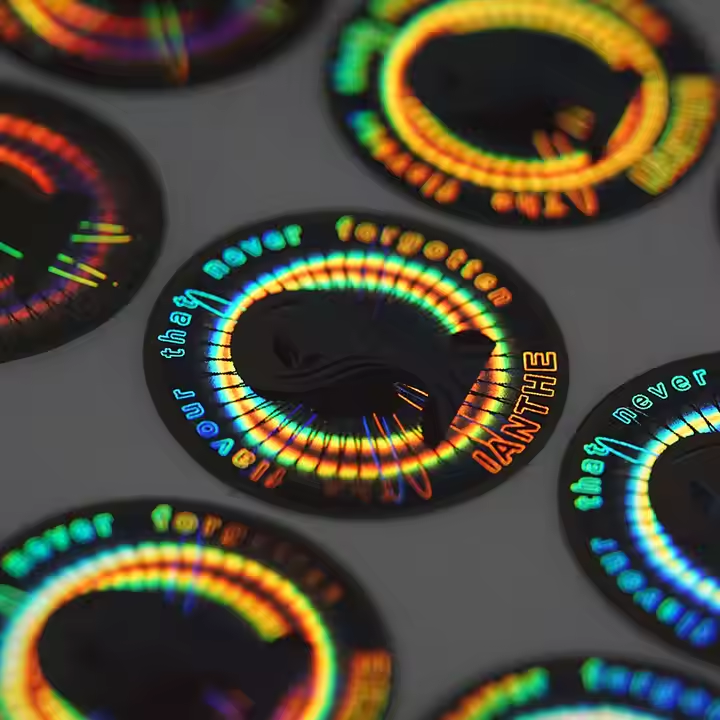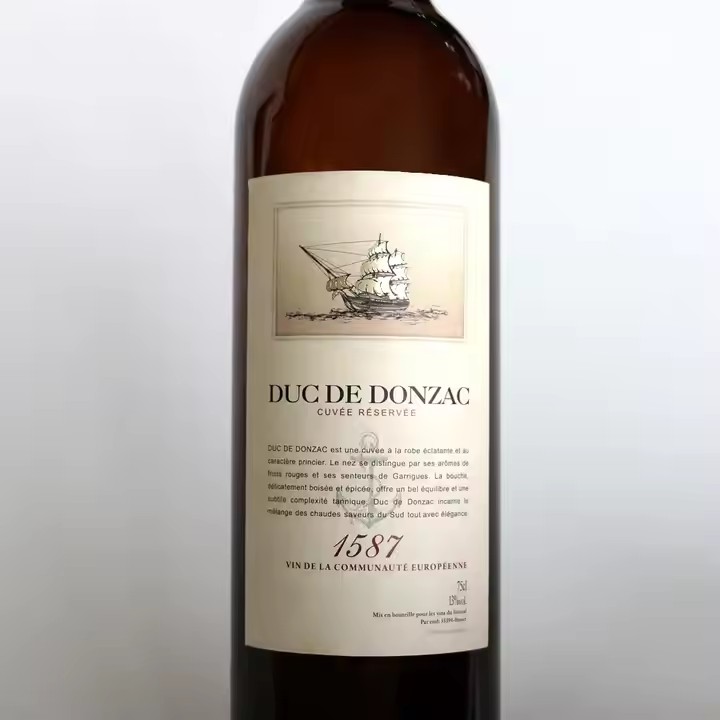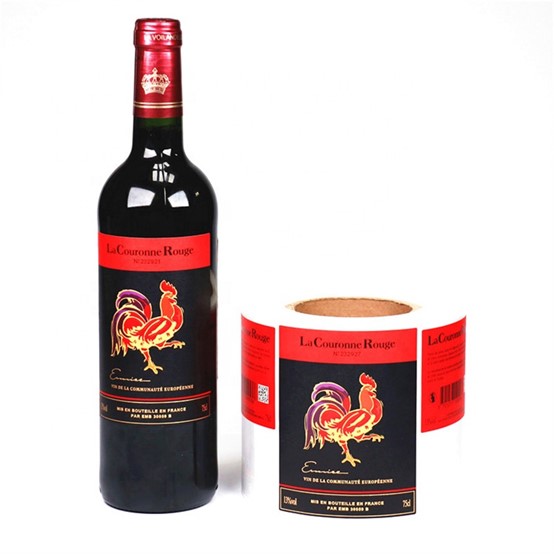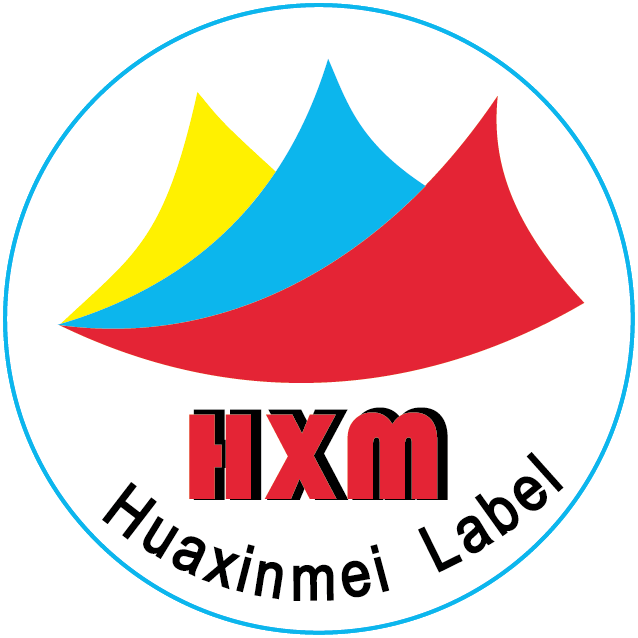
Innovation in Design Concepts
For wine bottle labels, there should be innovations in terms of storytelling and cultural connotations. Storytelling helps consumers remember the wine brand. Integrating the brand’s story, the cultural or historical allusions of the wine’s origin into the label design, and conveying richer information and emotional resonance to consumers through elements such as illustrations, patterns, and text. For example, designing labels with the theme of traditional myths and legends in a certain region, so that consumers can learn about the relevant cultural background while purchasing the wine. Interactive design, adding interactive elements to the labels to attract consumers to participate. For example, using special printing techniques or materials to make the patterns on the labels show different effects under different angles or lighting conditions; or designing some foldable and splicable labels to create fun and a sense of participation for consumers during the process of opening or assembling. For the promotion of wine brands, local place names, well-known local historical figures, or famous products can also be borrowed. For example, Moutai wine, by combining with the fact that ethnic minorities in Guizhou like drinking wine, has created a good impression on the public and been well promoted. Personalized customization, according to consumers’ specific needs, such as personal photos, names, anniversaries, etc., customizing unique wine bottle labels for them. This method is especially suitable for gift wines or wines for special occasions, and can enhance consumers’ emotional identification and purchase intention.

Innovation in Materials and Processes
In the use of label materials, attention should be paid to environmental protection. Using environmentally friendly and sustainable materials. With the increasing awareness of environmental protection, more and more factories are starting to use degradable and recyclable materials to make wine bottle labels. For example, using recycled pulp for paper labels or using environmentally friendly materials such as bio-based plastics. This not only meets environmental requirements but also enhances the brand’s image of social responsibility. Special effect printing, applying advanced printing technologies such as fluorescent printing, gold and silver stamping, UV printing, and three-dimensional printing to make the labels present unique visual effects. Fluorescent printing can make the labels glow in the dark, increasing the product’s attractiveness; gold and silver stamping can enhance the texture and grade of the labels; UV printing can achieve local varnish effects, highlighting key patterns or text; three-dimensional printing can make the patterns on the labels have a three-dimensional effect, making them more vivid and realistic. Texture and quality treatment, by performing special texture treatments on label materials, such as embossing, frosting, and imitation leather texture, increasing the touch and texture of the labels, so that consumers can experience a unique quality feeling when touching the wine bottles. Smart label technology, introducing smart labels such as NFC tags or QR code tags. Consumers can scan the NFC chip or QR code on the label with their mobile phones to obtain detailed information about the wine, including the origin, brewing process, taste introduction, pairing suggestions, brand activities, etc., and can also achieve traceability, enhancing consumers’ trust in the product. Using environmentally friendly label materials helps reduce pollution to the land environment, and for some label recycling and secondary processing, it helps practice the environmental protection concept.

Innovation in Shapes and Structures
For the shape design of labels, be creative. Designing special-shaped labels, breaking away from the traditional rectangular label shape and designing various unique special-shaped labels, such as circular, oval, triangular, irregular shapes, etc., to better match the shape of the wine bottle or highlight the personality of the brand, attracting consumers’ attention. Special-shaped labels are novel and different from the traditional ones. Being personalized, distinctive, and characteristic makes them easier to remember. Nowadays, aesthetics are becoming more and more diversified and labeled. Only by being outstanding and unique enough can they be welcomed by consumers in the market. Multi-layered labels, diversified design. Displaying richer information to consumers on the labels to make consumers form a deeper impression of the brand. Only after forming an impression will consumers have repeat purchase behavior. Adopting the design of multi-layered labels, each layer of label displays different information or patterns, increasing the layering and richness of the labels through layering. Consumers can uncover the labels layer by layer to gradually understand the relevant information of the wine, increasing the fun of exploration. Three-dimensional labels, making labels with a three-dimensional structure, making the labels protrude or indent from the surface of the bottle, forming a unique visual effect and touch feeling. This three-dimensional label can be a whole three-dimensional shape or the application of local three-dimensional elements, which can add a touch of refinement and uniqueness to the wine bottle. The design of the brand’s logo and patterns should be innovative, with simple icons that conform to the brand’s tone, so that the audience can easily remember the brand.


